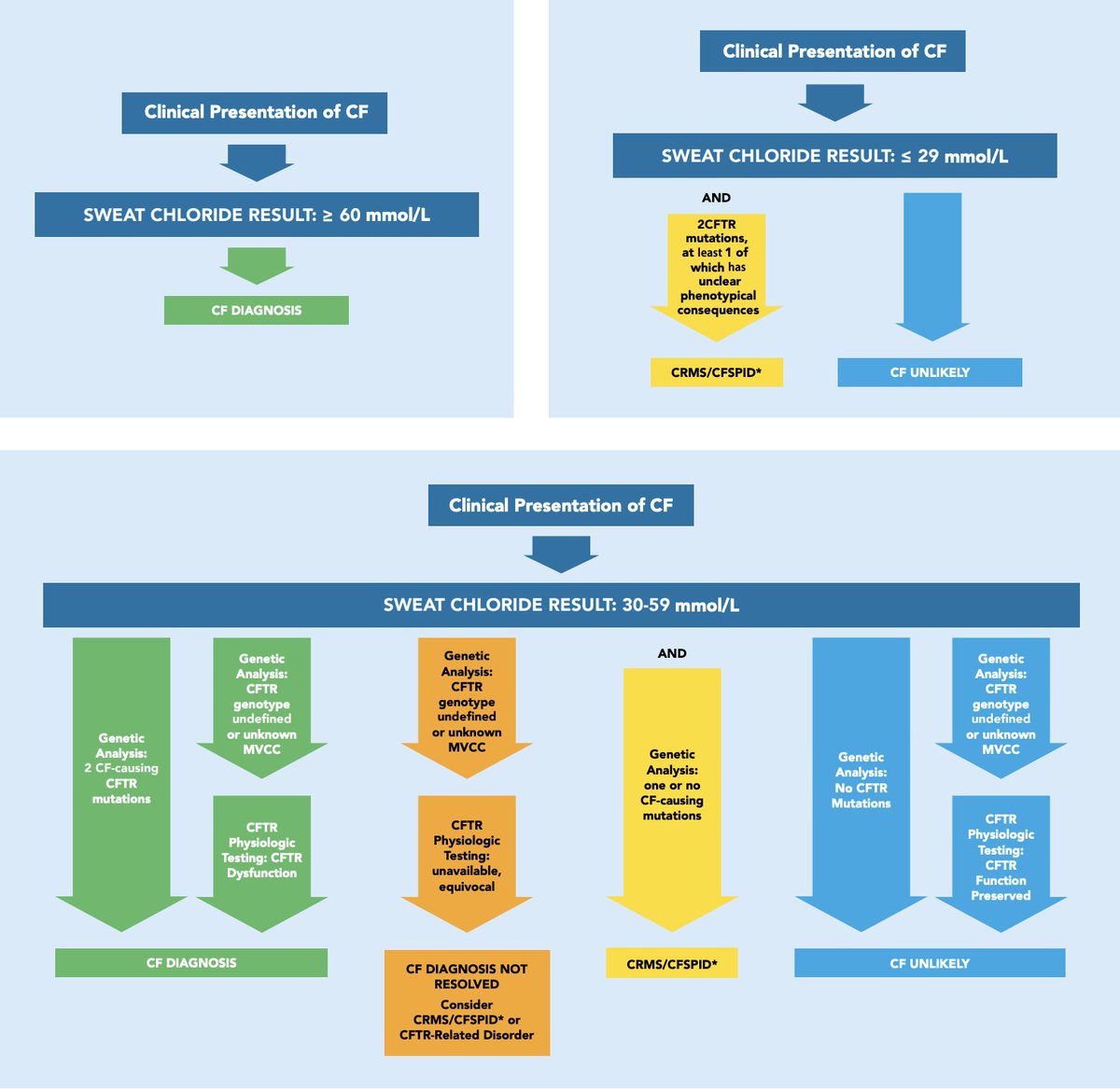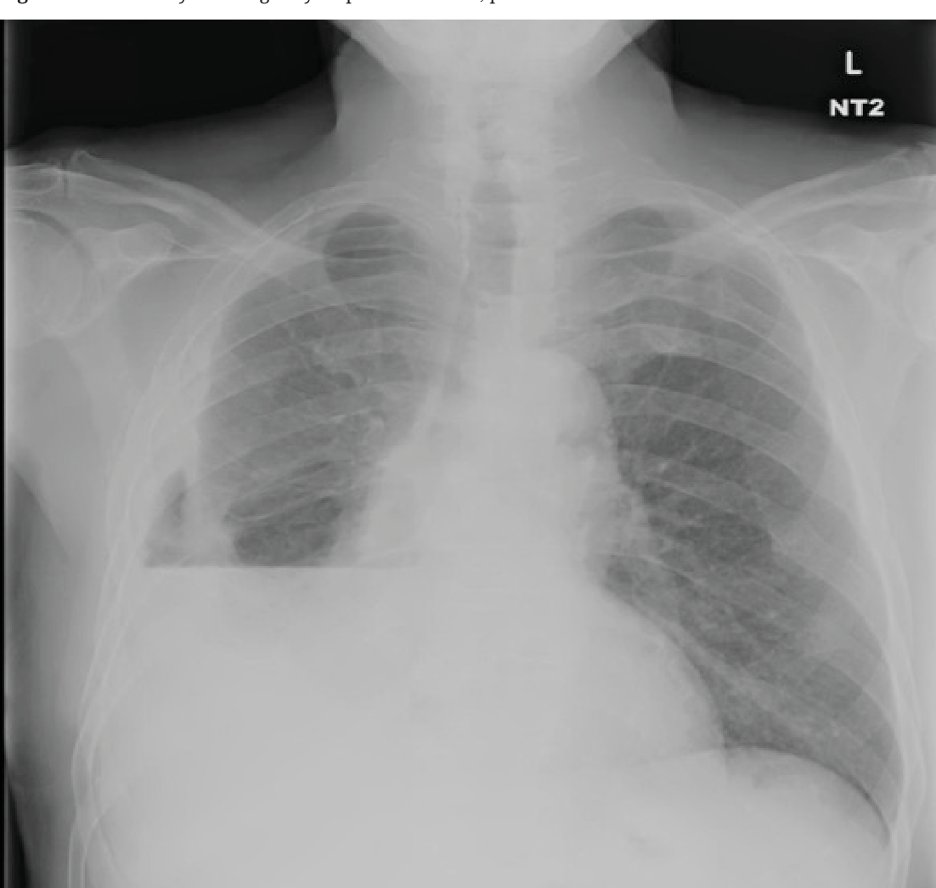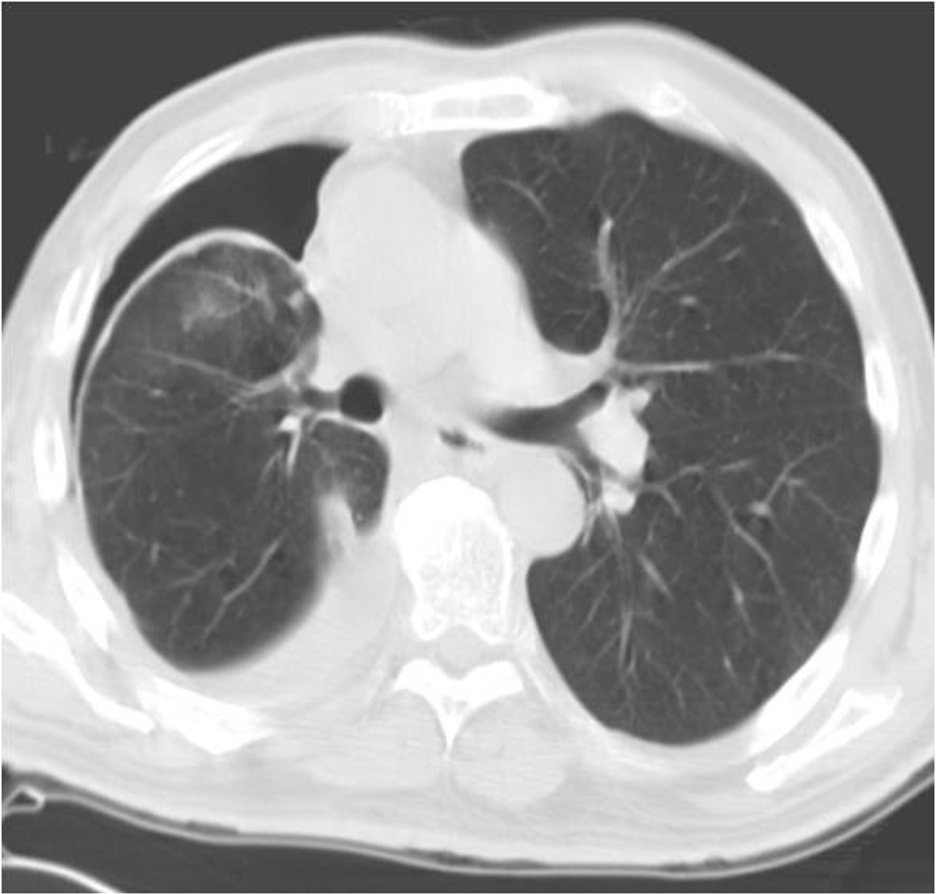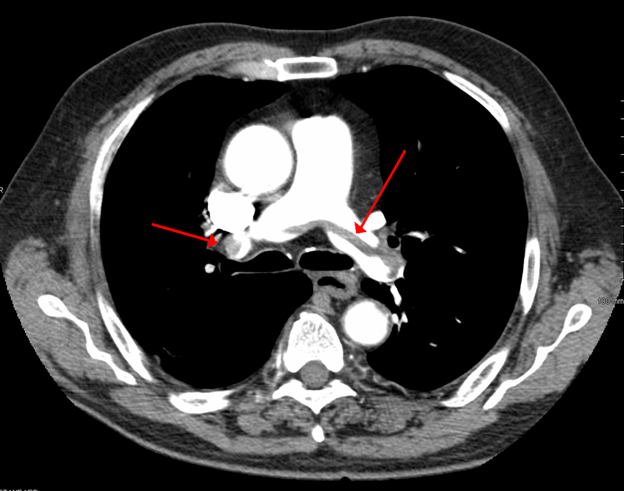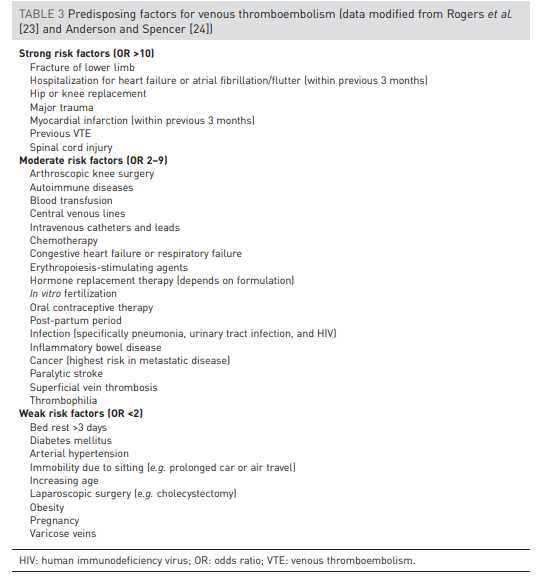1/#MRPearls Hope you got your calipers ready today because we are going to briefly discuss prolonged QT intervals. @VCU_IMRes @AudreyBJernigan @chrisLyoungmd @ktwaybill @JCHillyard @CoryRTrankle @AjayPMD @jaideeppatelmd @VCUHealthHeart #tweetorials 
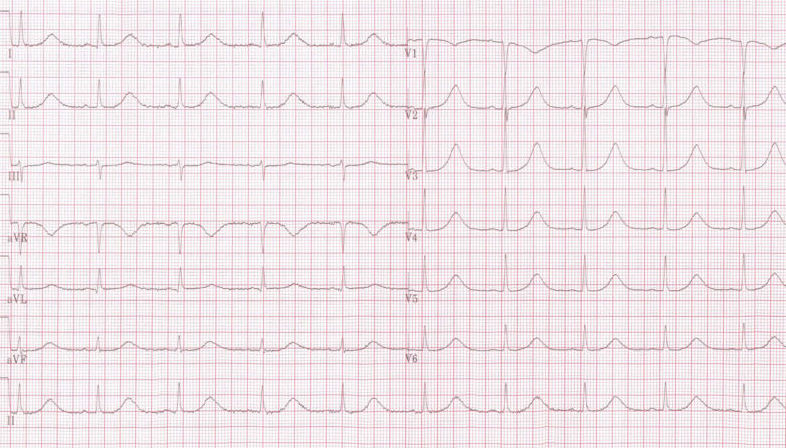
2/#MRPearls The QT interval refers to the time duration between the onset of the QRS complex and the end of the T wave as it returns to the baseline. QT interval represents the time taken for ventricular depolarization and repolarization. @kalahasty @abouzaki_md 

3/#MRPearls The proper way to measure the QT interval requires one to use the maximum slope intercept method to define the end of the T wave as pictured below. Also, the QT interval is inversely proportional to heart rate. @SamPowellMD @totocarbone @JeremyTurling 

4/#MRPearls However, the Bazett formula was derived in order to allow comparison of QT intervals at different heart rates. The QTc estimates the QT interval at a standard rate of 60 bpm. 

5/#MRPearls The Bazett formula was derived in 1920 by Henry Cuthbert Bazett who was an English physiologist who was educated at Oxford University. He also served as a medical officer in the British Army during World War I. 

6/#MRPearls So why do we even care about the QT interval?
7/#MRPearls The Rotterdam QT project published in @CircAHA in 1991 demonstrated that there was an approximately 2-fold increase in risk of sudden death in participants with a QTc interval of >440ms compared to those with a QTc <440ms. ncbi.nlm.nih.gov/pubmed/2040041
8/#MRPearls Additionally, a follow up Rotterdam Study published in Euro Heart Journal (1999) showed that based on quartiles of QTc interval duration, there were significant associations for total mortality in both ♂️ and ♀️.
ncbi.nlm.nih.gov/pubmed/10099922
ncbi.nlm.nih.gov/pubmed/10099922
9/#MRPearls According to Sabine et al in @JACCJournals, an abnormally prolonged QTC interval was associated with 3-fold increased risk of sudden cardiac death after adjustment for age, gender, and other CV risk factors. onlinejacc.org/content/47/2/3… 



10/#MRPearls Now that we know a prolonged QTc is associated with an⬆️ risk of sudden cardiac death, can you name any causes of prolonged QT interval?
11/#MRPearls One way to think about the differential diagnosis for prolonged QTc is to break it down by drug and non-drug related causes. Check out this table from Acquired Long QT Syndrome by A. John Camm (2004). 

12/#MRPearls There are numerous drug classes that have been implicated in prolonging QTc intervals including: anti-arrhythmic drugs, CCB, pyschiatric drugs, antihistamines, antimicrobials, and antimalarials. 





13/#MRPearls Not all drugs carry the same torsadogenic risk. This table shows the twenty most commonly reported drugs associated with torsades de pointes between 1983 and 1999. 

14/#MRPearls Another interesting cause of prolonged QTc is Long QT syndromes (LQTS) which stem from many genetic and non-genetic causes that can lead to polymorphic ventricular tachyarrythmias (PVTs) through R on T phenomenon.
15/ #MRPearls Classic R on T phenomenon is secondary to an exogenous premature ventricular contraction that coincidentally encounters a repolarizing region that leads to ventricular arrythmias. 

16/#MRPearls So you better mind your intervals. 

• • •
Missing some Tweet in this thread? You can try to
force a refresh








